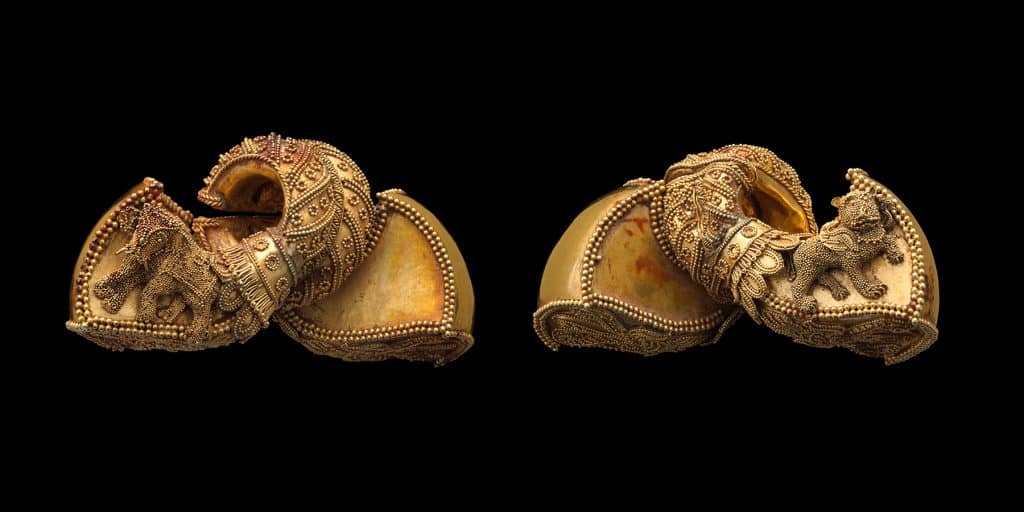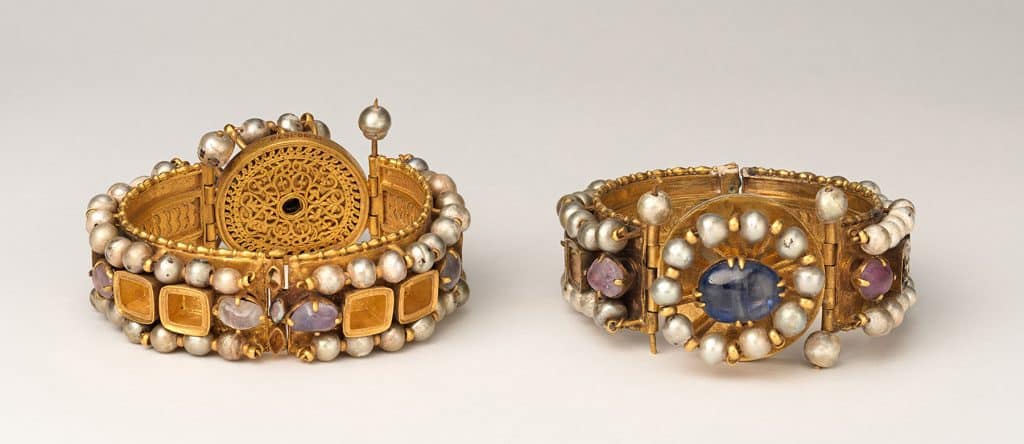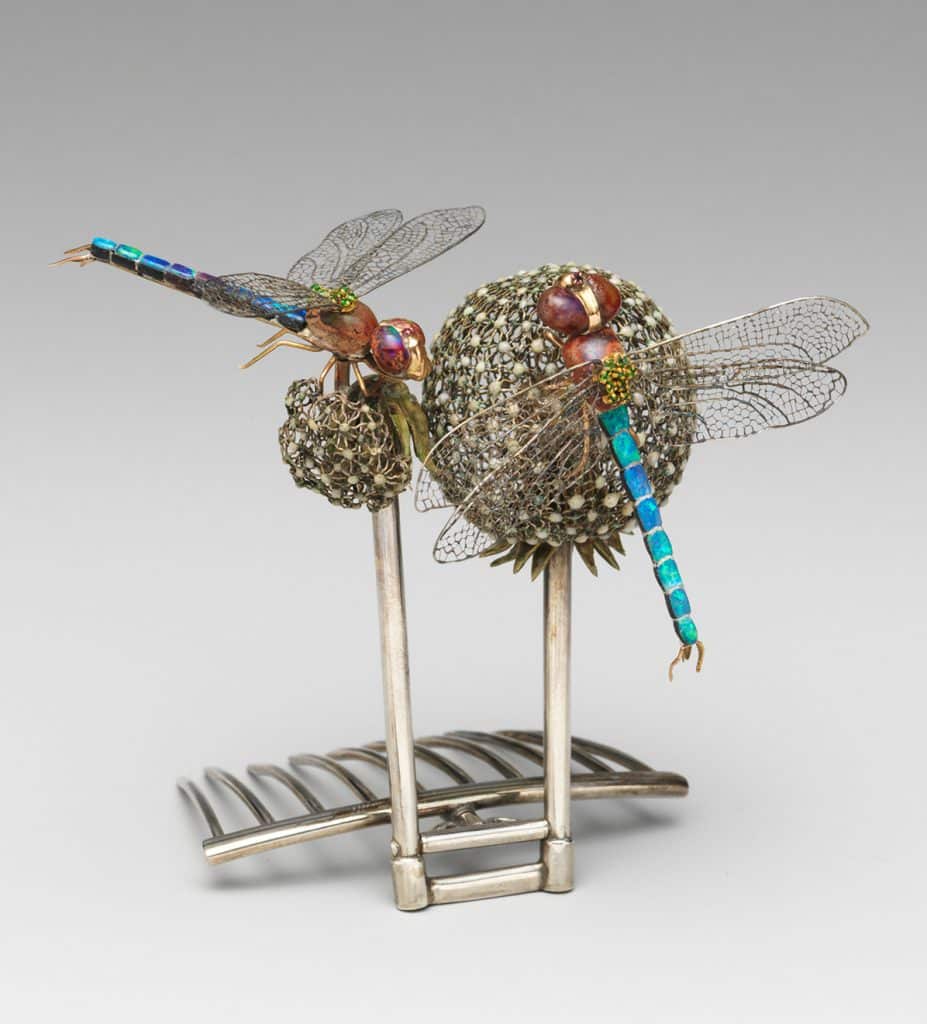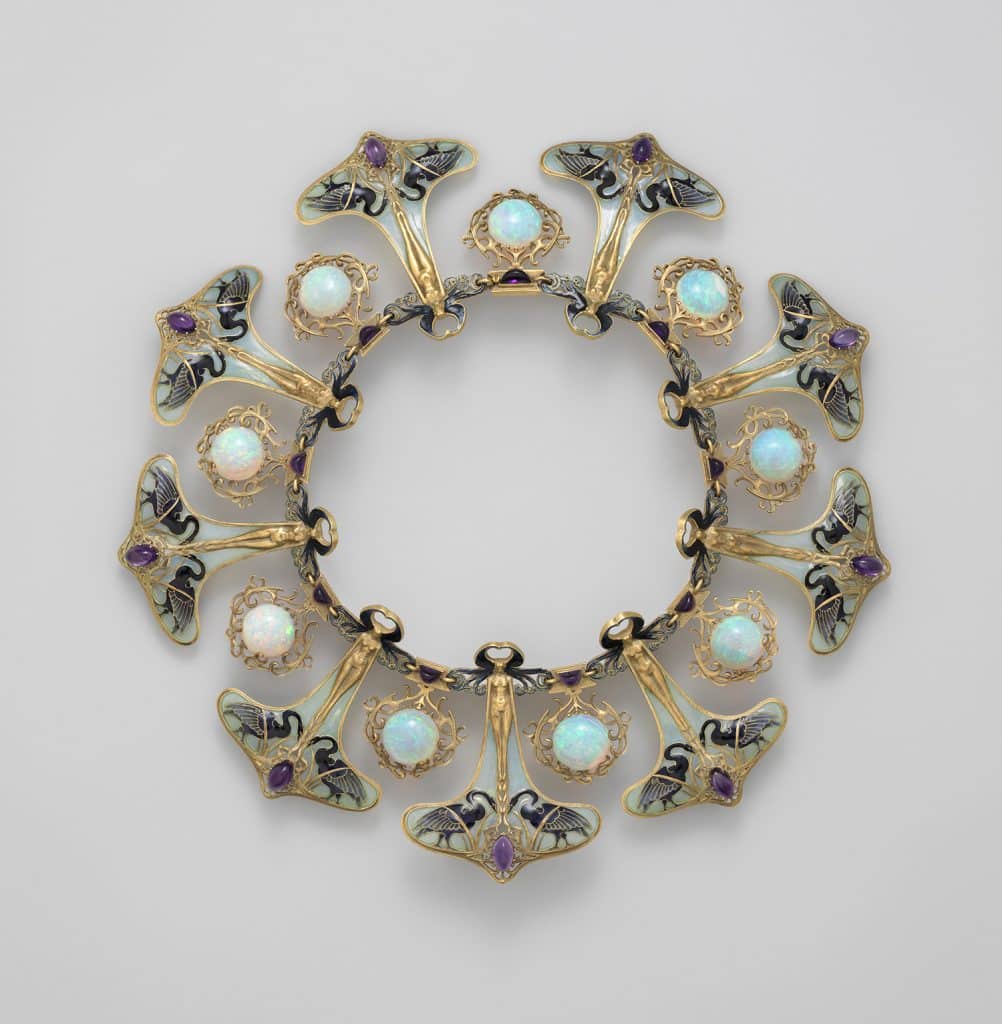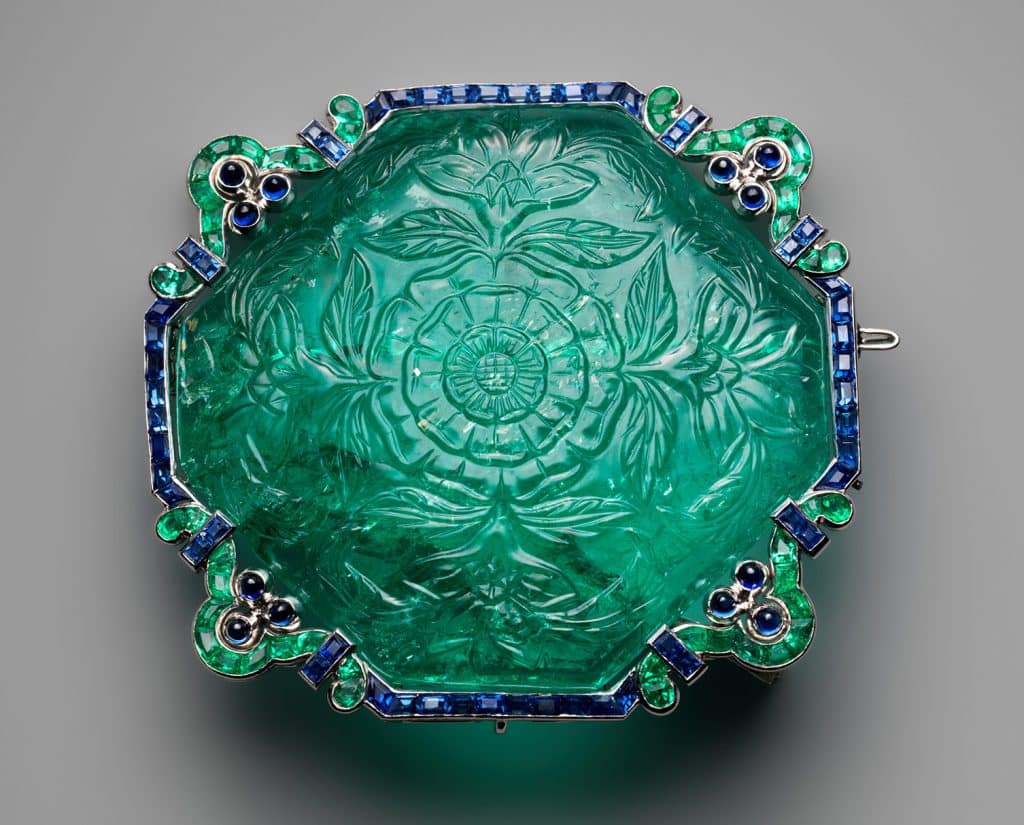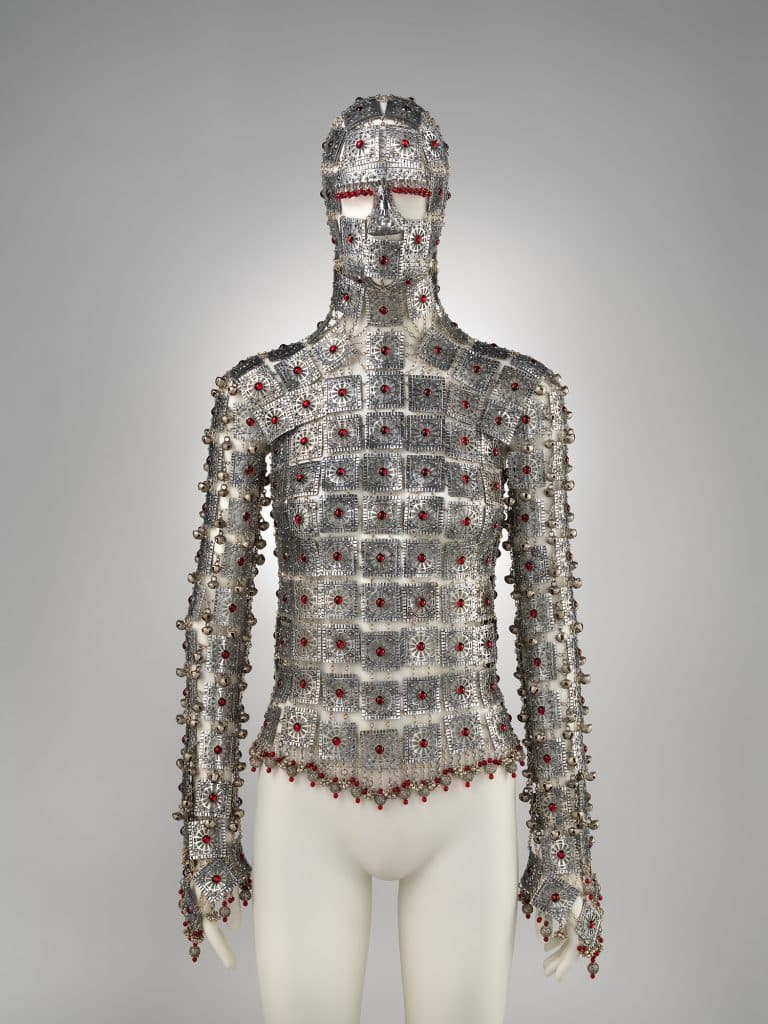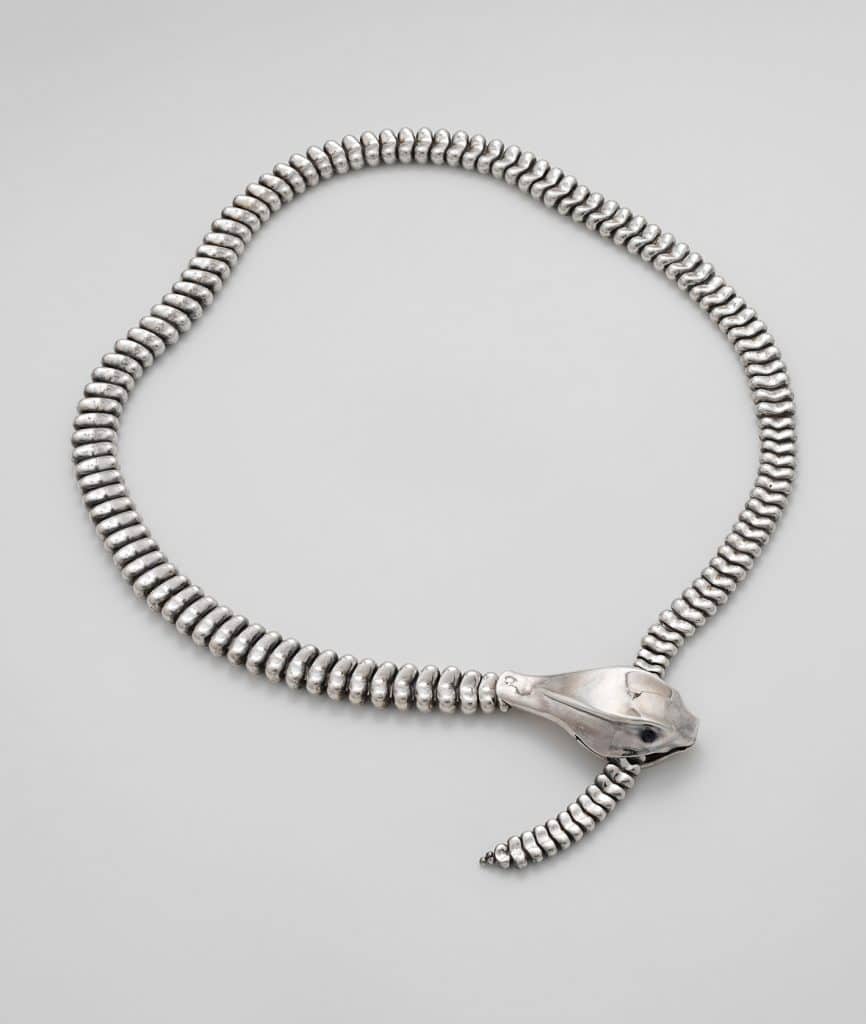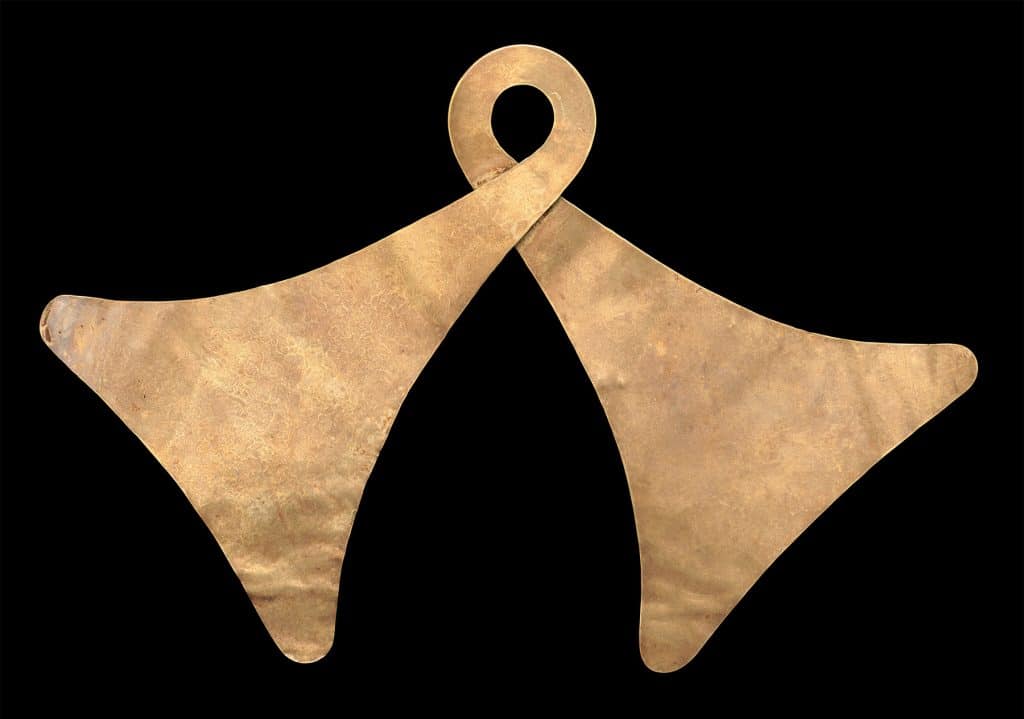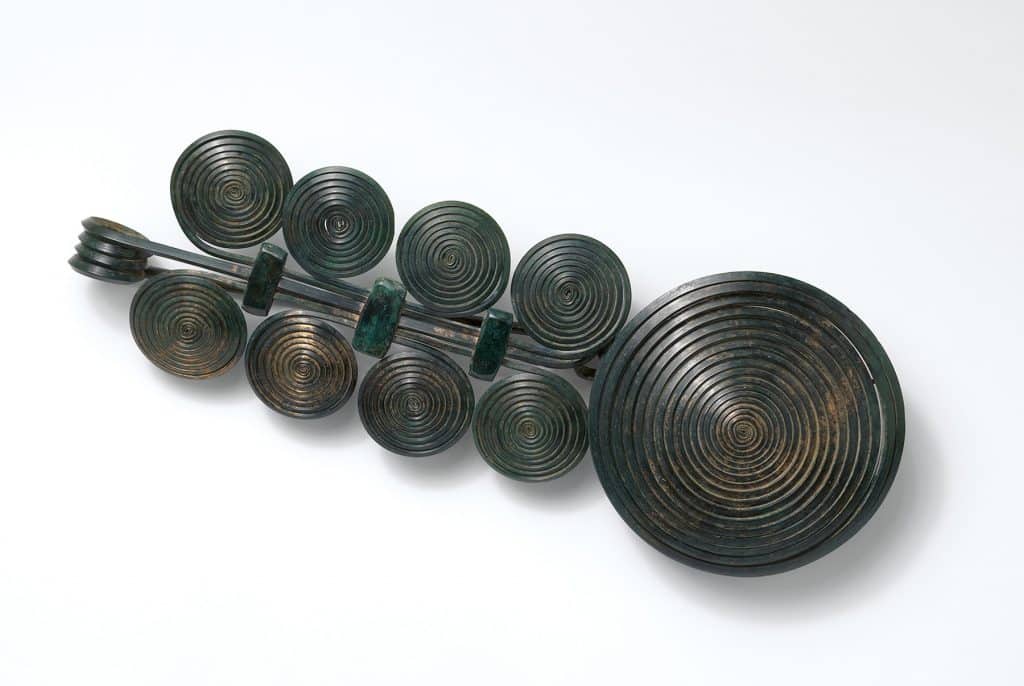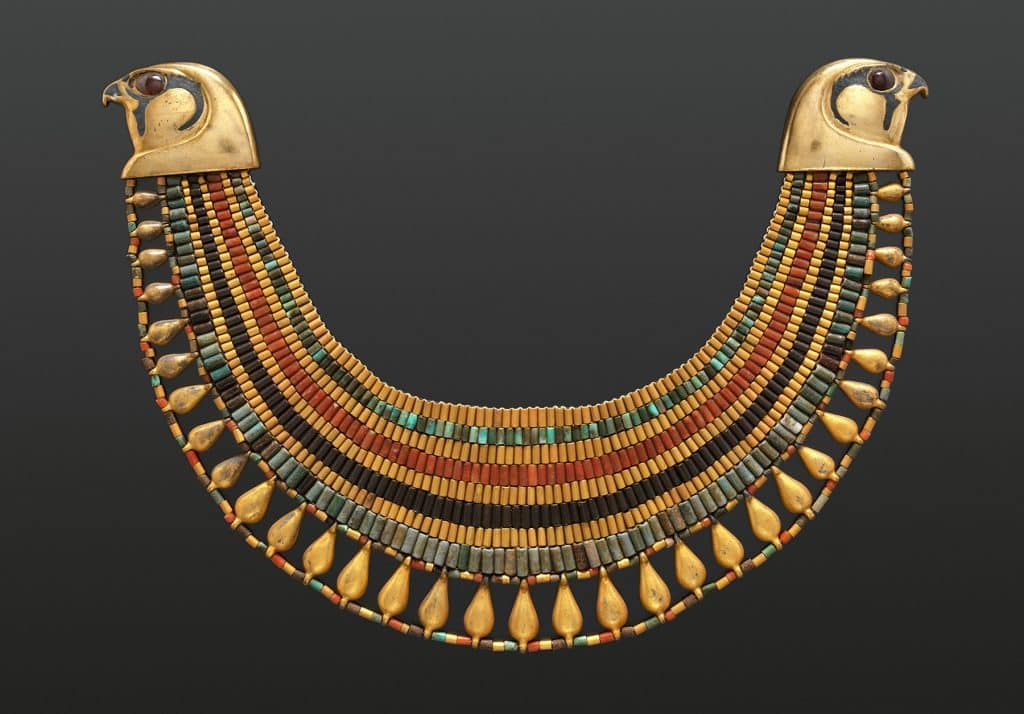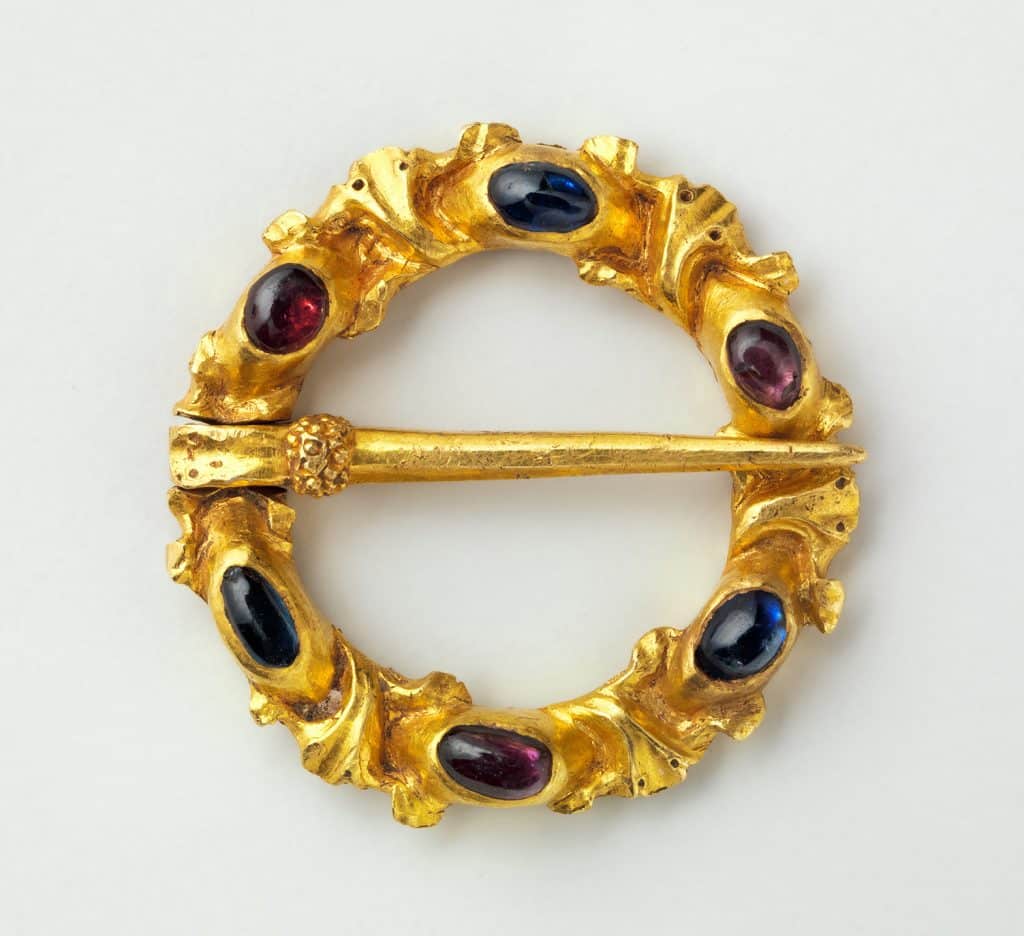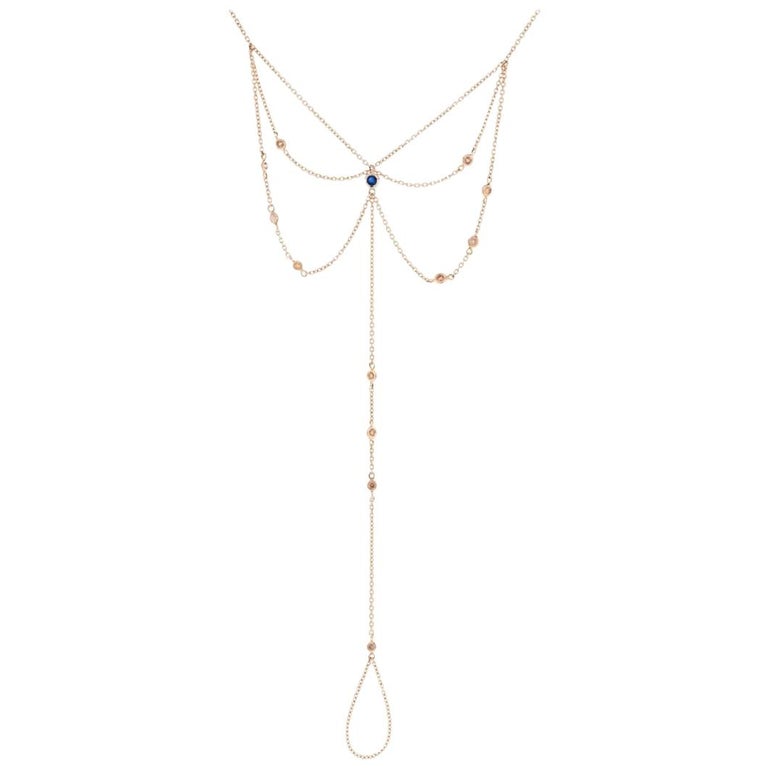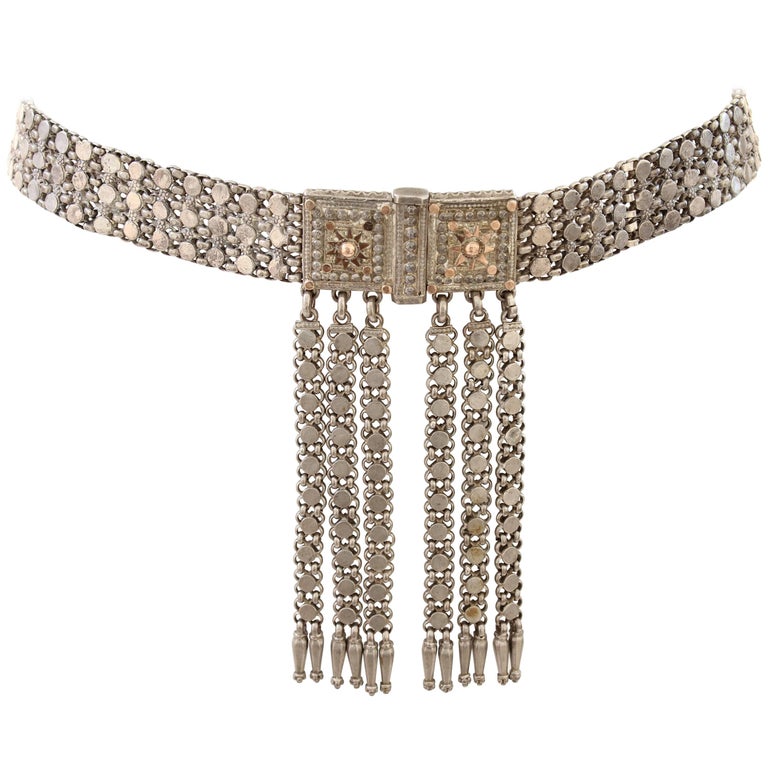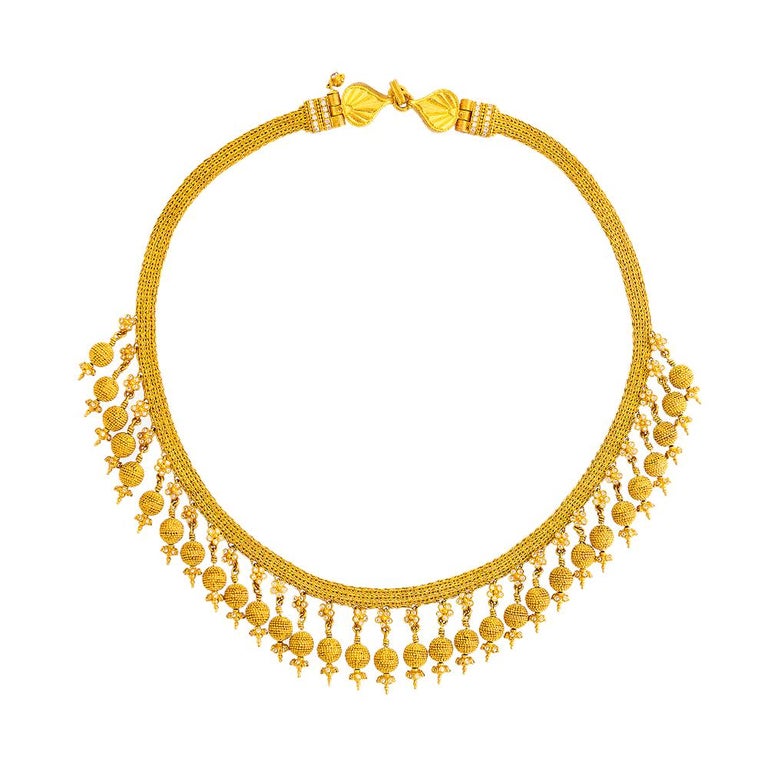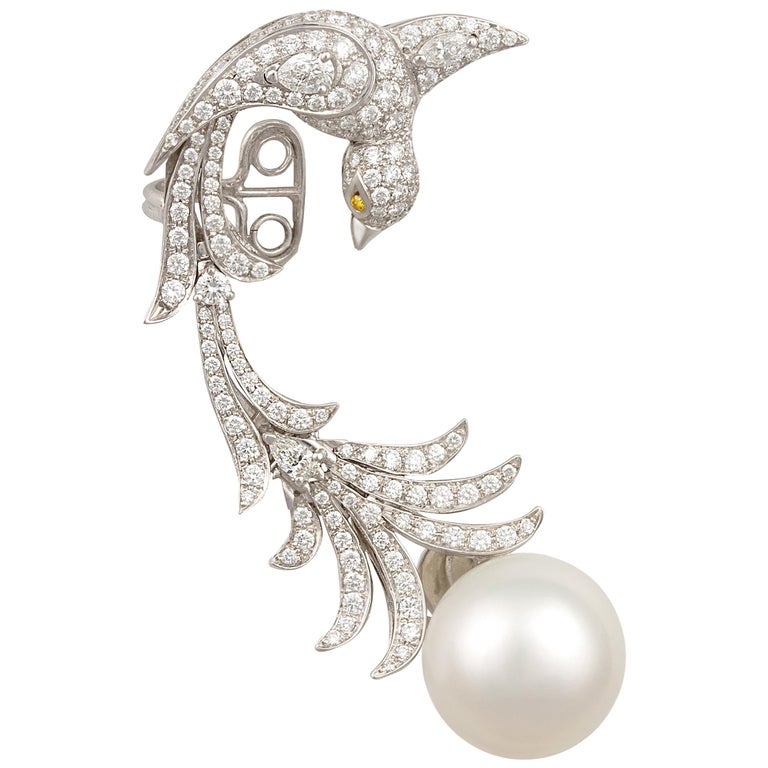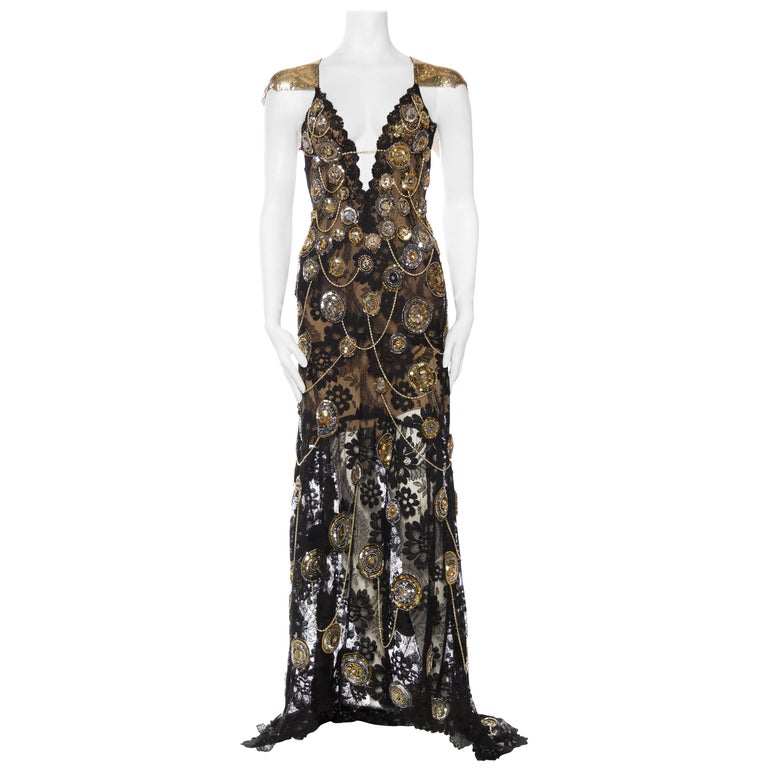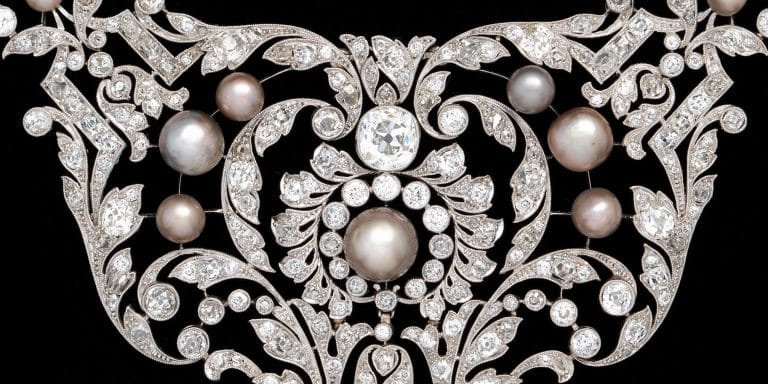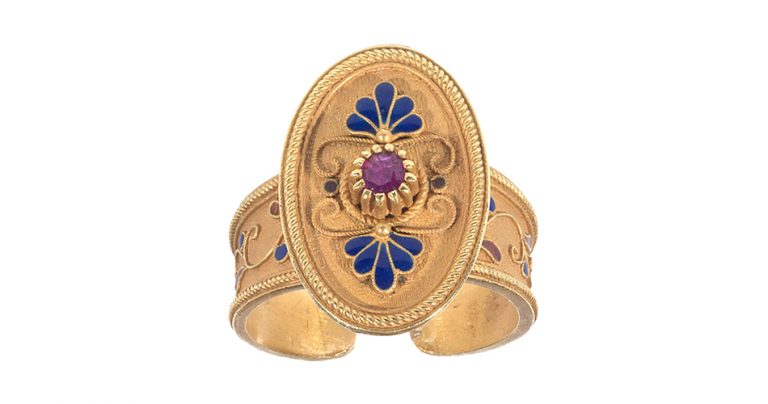
December 16, 2018In New York City, the Metropolitan Museum of Art’s new show “Jewelry: The Body Transformed” celebrates the ingenuity with which people have used precious metals and stones to enhance their appearance for 5,000 years. Above, a gold marriage necklace, or thali, from the southern Indian state of Tamil Nadu, made in the late 19th century. Top: a pair of royal Indian earrings, likely from Andhra Pradesh, dating to the 1st century B.C.
Rich in radiant gold, light-show diamonds and moon-glow pearls, the exhibition “Jewelry: The Body Transformed” is intended to elicit oohs and aahs — and it does. On view at New York’s Metropolitan Museum of Art through February 24 are 230 imaginative and precious works made over a period of 5,000 years by cultures that span the globe. Among the most impressive facts about the show: Nearly all these seductive and awe-inspiring pieces come from the Met’s own holdings of some 8,000 jewels. As many as a third of the museum’s collection is not usually on display, and what is shown is distributed across its 17 curatorial departments, from Asian to Islamic art to the American Wing. The exhibition brings these treasures together under one illuminating spotlight. (The sole borrowed piece is a Cartier multistrand natural-pearl and diamond necklace from 1920 — on loan from the Smithsonian because the Met has no equivalent example of the joint triumphs of oyster and jeweler.)
It may be hard to believe, but this is the Met’s first major exhibition devoted to the splendor and magic of jewels in its almost 150-year-long existence. Art history developed as an academic discipline about the time the museum was founded, and curators and scholars quickly created a hierarchy that had not existed before: Painting, drawing and sculpture were at the top; jewelry, textiles, ceramics and furniture were so far below that a major museum dedicating a big show to any of them would risk appearing lightweight. Now, however, “the idea that jewelry is merely decorative is slowly, blessedly changing,” says Melanie Holcomb, who, as lead curator of the exhibition, is giving that idea a big push in the right direction. The show’s sponsor, collector-dealer Katsumi Arikawa, calls it “the beautiful starting line of jewelry’s revival as an art. Pow!”

In the exhibition’s first gallery, columnar glass vitrines display jewelry worn on various parts of the body. The cases toward the front of the space contain ornaments for the feet and toes, and as museumgoers make their way into the space, they’ll see pieces worn higher and higher up, from belts to necklaces to headdresses.

These ancient Egyptian gold sandals and toe stalls, dating to between 1479 and 1425 B.C., would have been used to decorate a body for its voyage to the afterlife.
Entering the exhibition from one of the museum’s bustling and brightly lit central corridors, you find yourself in a world that is quiet and dark. The floor and walls of the vast, soaring space are a mass of velvety matte black. Once your eyes adapt to the light, the razzle-dazzle begins: Ranks of transparent, floor-to-ceiling columnar vitrines stand in a grid, their contents revealed only as you walk deeper into the room. The focus of the light inside each vitrine subtly shifts row by row. Nearest the entrance it is directed to the floor. As you progress, your eyes lift slowly. Without quite realizing it, your gaze is scanning the human body from bottom to top, taking in jewels made to adorn it from toe to head. Applause to Emile Molin, head of the museum’s design team, who, in collaboration with Holcomb, came up with this theatrical and highly effective display.
The first columns you encounter display jewels for the feet, among them ancient Egyptian beaten-gold sandals and toe stalls: slip-on covers complete with the delineated toenails. These were made to ornament the body on its journey into the afterlife. In the next row, your eyes are directed to pieces for the waist, including Elsa Schiaparelli’s beguiling 1934 black silk-grosgrain belt with a pair of pale pink polished-plastic hands for its clasp. It is surreal, to be sure, but it also continues a centuries-old jewelry tradition in which the motif of clasped hands signifies fidelity. Next comes a row of jewels for the chest. In one of these columns, two small, circular medieval brooches of gem-studded gold keep company with Italian jeweler Giovanni Corvaja’s large, delicate yet bold 1999 Order and Chaos brooch, in which an openwork star-shaped gold cage steadies a mass of spun, niello-tipped, fine gold wire.

This silk and plastic event belt with a decidedly Surrealist flair comes from Elsa Schiaparelli‘s Fall 1934 collection.
Earrings command your attention the next row back. In one column, four pairs are grouped together. Three date to the 19th century: from the Philippines, long red dangles intended to be worn by a man; from Spain, gold and red-orange gems that would look striking peeping out of a mass of dark hair; and from Polynesia, ivory ear plugs. You are then catapulted to late-20th-century Paris with a “look at me” pair of huge faux-ruby and -diamond costume bows from a mid-1980s Yves Saint Laurent collection.
Set into the back wall are three vitrines each containing a single item of headwear. Flanked by a Ming dynasty headdress and a set of ancient Egyptian hair ornaments, the large Crown of the Andes shines out. Made in the 17th century of gold studded with magnificent emeralds, it drew worshipers’ eyes to a statue of the Virgin Mary, the Queen of Heaven, in a Colombian cathedral.
Throughout the show, Holcomb has avoided basing the arrangements on any sort of timeline or geographical clustering, instead grouping jewels according to such themes as “The Regal Body,” “The Alluring Body,” “The Resplendent Body” and “The Seductive Pearl.” Since these phrases are not particularly informative, it helps to think of them as you would the names of perfumes: They create a mood as you meander by such delights as a diamond-dusted translucent-enamel Boucheron dragonfly; a pair of gem-and-pearl-encrusted Byzantine bangles; and an engraved aluminum torque from 2010–14, an ancient form into which Daniel Brush has breathed new life.

The Egyptian necklace, string of lentoid beads and green stone scarab shown here date back three and a half millennia.
The lushly illustrated exhibition catalogue includes some fine, informative essays by Met curators, among them Beth Carver Wees on the history of parures and John Guy on the relationship between representations of Hindu gods and the jewels that adorn them. Overall, however, it — and we readers and exhibition goers — would have benefited from more structure and information. Nevertheless, that the volume exists at all is worthy of praise.
This show is a beautiful introduction to the range, variety and meanings of jewelry. Let’s hope that it is the first in what will be a long series. Max Hollein, the Met’s new director, has written that “jewelry is one of the oldest modes of creative expression.” Surely, it deserves its own curatorial department and permanent exhibition space. It might seem grumpy to say that such attention is long overdue, so let’s instead say it would not be premature.
